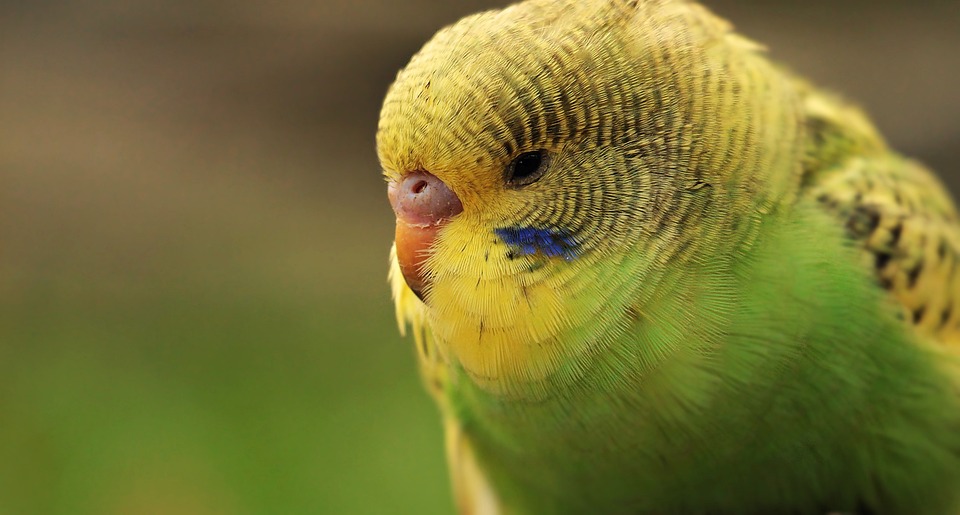Parrot training can be a rewarding and enjoyable experience for both you and your feathered friend. However, it is essential to recognize signs of eagerness and enthusiasm in your parrot to ensure effective and enjoyable training sessions. In this article, we will explore some key indicators that your parrot is ready and excited to learn.
1. Active Body Language
When a parrot is eager and enthusiastic about training, their body language becomes more animated and engaged. Look for signs such as:
– Feather Fluffing: A parrot that is interested in training may fluff up their feathers, often as a display of excitement.
– Tail Wagging: A gentle wagging or fanning of the tail feathers can indicate anticipation and eagerness.
– Preening: Parrots may engage in preening behaviors when they are comfortable and content, which signals they are in the right mindset for training.
– Wings Spread: While not always the case, some parrots may spread their wings slightly when they are eager and ready to participate.
2. Vocalization
Parrots are known for their diverse vocal abilities, and their vocalizations can provide valuable insights into their eagerness for training. Pay attention to the following vocal cues:
– Chirping and Whistling: Parrots that make cheerful chirping or whistling sounds are often showing enthusiasm for the training session.
– Mimicking Sounds: If your parrot starts mimicking sounds or words that are associated with training, it indicates their interest and readiness to learn.
– Pleasant Vocal Tones: When your parrot’s vocalizations sound pleasant and melodic, it suggests they are in a positive mood and likely eager to participate.
3. Focus and Attention
A parrot that is eager to train will display increased focus and attention. Look for the following signs:
– Eye Contact: Your parrot may maintain steady eye contact with you, signaling their interest and readiness to engage in training activities.
– Head Tilting: Parrots often tilt their heads to get a better view or understand something better. If your parrot tilts its head while you are introducing a training exercise, it shows their curiosity and willingness to learn.
– Sustained Attention: An eager parrot will exhibit longer periods of sustained attention, actively observing and participating in the training session.
Frequently Asked Questions (FAQs)
Q1: How long should a training session last?
A: Training sessions should be short and focused, typically lasting between 10 to 15 minutes. It is better to have multiple short sessions throughout the day rather than one long session.
Q2: What should I use as training rewards?
A: Positive reinforcement is essential in parrot training. Use small, healthy treats like seeds, fruits, or nuts to reward your parrot’s good behavior. Verbal praise and gentle petting can also be effective rewards.
Q3: My parrot seems disinterested during training sessions. What should I do?
A: If your parrot appears disinterested, take a break and try again later. Ensure the training environment is free from distractions, and use high-value rewards to motivate your parrot. Adjust your training techniques or seek guidance from an avian behaviorist if needed.
Q4: Can parrots learn tricks or just basic commands?
A: Parrots have incredible learning capabilities and can master both basic commands and complex tricks. Start with simple commands and gradually progress to more advanced tricks as your parrot becomes more proficient.
Remember, every parrot is unique, so understanding your individual bird’s signs of eagerness and enthusiasm is crucial for successful training. By recognizing these indicators and tailoring your training sessions accordingly, you can create a positive and rewarding training experience for both you and your parrot.









